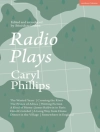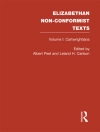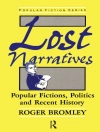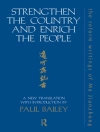The destructive power of obsessive love was a defining subject of eighteenth- and nineteenth-century Russian literature. In Febris Erotica, Sobol argues that Russian writers were deeply preoccupied with the nature of romantic relationships and were persistent in their use of lovesickness not simply as a traditional theme but as a way to address pressing philosophical, ethical, and ideological concerns through a recognizable literary trope. Sobol examines stereotypes about the damaging effects of romantic love and offers a short history of the topos of lovesickness in Western literature and medicine.
Read an interview with the author: http://www.rorotoko.com/index.php/article/valeria_sobol_interview_febris_erotica_lovesickness_russian_literary_imagin/
İçerik tablosu
Preface
Acknowledgments
Note on Translation, Transliteration, and Abbreviations
Introduction: Cases in History
PART I / ANATOMY
1. The Anatomy of Feeling and the Mind-Body Problem in Russian Sentimentalism
PART II / DIAGNOSTICS
2. Diagnosing Love: Tradition
3. ‘Febris Erotica’ in Herzen’s Who Is to Blame?
4. An Ordinary Story: Goncharov’s Romantic Patients
PART III / THERAPY
5. The ‘Question of the Soul’ in the Age of Positivism
6. What Is to Be Done about a Lovesick Woman? Chernyshevsky’s Treatment
7. From Lovesickness to Shamesickness: Tolstoy’s Solution
Afterword
Notes
Works Cited
Index
Yazar hakkında
Valeria Sobol is associate professor of Slavic languages and literatures at the University of Illinois.












